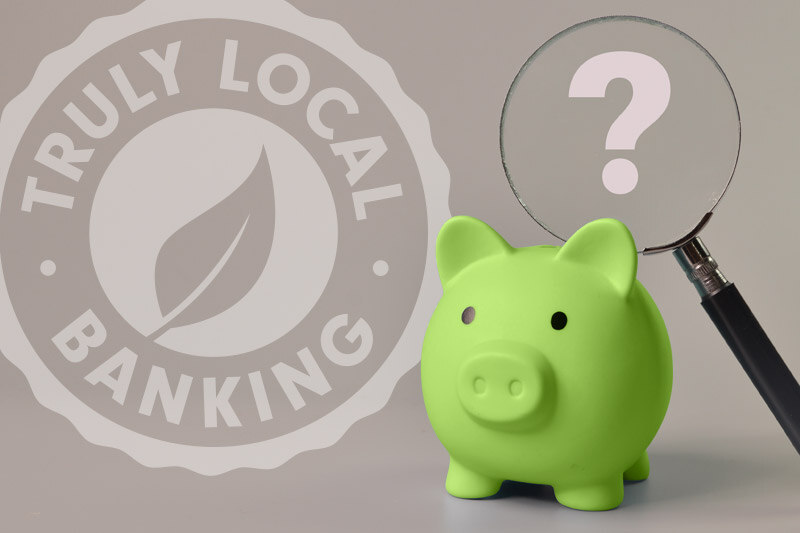This is one of the questions that most investors find themselves asking once they have either ceased employment or are down to part time, or maybe even once a health event hits. As usual, there is no one size fits all solution to this question, but I want to shed some light on some of the underlying factors that go into the decision.
Give yourself a pat on the back. You’ve done a great job saving throughout your working life, and now you and your spouse find yourself with an RRSP or RRSPs that have grown substantially. As a reminder, RRSPs are mainly for those who are in a higher income tax bracket during their working years as a way to shift income to their lower income years, likely during retirement. Aside from Tax Free Savings Accounts (TFSAs), it’s also one of the only vehicles we as Canadians have to shelter earnings from tax. Let’s use an example:
Ron is 45 and makes 115k/year. We can see using the 2024 Ontario/Federal combined tax brackets below, that he is just creeping into the 43.41% tax bracket. He’s paying almost 44 cents on every dollar of income in that bracket. If he contributes 10k to his RRSP, it lowers his taxable income down to 105k or the 33.89% bracket (ignoring all other factors). When Ron gets to retirement, depending if he has a work pension or not, his income is likely to be significantly lower than it is now. If we assume he will collect 25k from CPP/OAS and has no other sources of income, he will be in the 20.05% bracket assuming no changes to the brackets in retirement. So when the RRSP money comes out, he would be paying less than half of the taxes he would’ve otherwise paid if he didn’t contribute to the RRSP. Plus, he got all those years of tax deferral. This is why RRSPs are still a very powerful tax deferral method
| 2024 Taxable Income | Other Income |
| first $51,446 | 20.05% |
| over $51,446 up to $55,867 | 24.15% |
| over $55,867 up to $90,599 | 29.65% |
| over $90,599 up to $102,894 | 31.48% |
| over $102,894 up to $106,732 | 33.89% |
| over $106,732 up to $111,733 | 37.91% |
| over $111,733 up to $150,000 | 43.41% |
| over $150,000 up to $173,205 | 44.97% |
| over $173,205 up to $220,000 | 48.29% |
| over $220,000 up to $246,752 | 49.85% |
| over $246,752 | 53.53% |
There are several factors on whether or not to take income from RRSPs, and how much. The first and most important one, is do you need the income to live on? For someone with a strong pension like HOOPP, OMERS, etc., they may not require the additional proceeds. For others who had to fund their own retirement, they would likely be converting the RRSPs to RRIFs or annuities, and taking payments immediately.
Those who don’t necessarily need the RRSP/RRIF income to live on, may still choose to convert some or all of their plans for tax benefits. One of the strange rules in Canada is for the pension tax credit, Between ages 65-71, 2000/person is eligible for the credit (or tax-free) if the income is from a RRIF, but not eligible if it’s from an RRSP.
A big consideration that I talk to my Members about all the time is, what will your new income look like when one of you passes away? A couple that each claim 75k in income are generally going to experience a very different level of after-tax income when one person passes away, especially considering most of these couples income split on their taxes to a certain extent. This would be a reason to take out more from an RRSP/RRIF than is required or take out earlier, while the ability to split income is still there.
As a follow up to this, RRSPs and RRIFs are fully taxed on a person’s final tax return. So while on the death of the first spouse, the funds may pass tax-free over the surviving spouse, the death of the 2nd spouse will trigger a potentially very large tax bill for the estate. Using the above chart, let’s say a married couple both pass away and have $400,000 remaining in RRIF assets. It would indicate their normal income plus this $400,000 on the survivors final tax return. Obviously that puts them well into the top bracket in Canada at 53.53% and could result in a large tax bill for the estate, and more importantly, a large portion of their hard earned savings going to the government and not their intended beneficiaries.
So I’ve decided that I want to start taking money out of my RRSP’s.
How much should I take?
Once you convert your RRSPs to RRIFs, you are subject to these minimums for withdrawals:
RRIF Minimum Withdrawal Table
| Age | Factor | Age | Factor | Age | Factor | Age | Factor |
| 55 | 2.86% | 55 | 4.00% | 75 | 5.82% | 85 | 8.51% |
| 56 | 2.86% | 56 | 4.17% | 76 | 5.98% | 86 | 8.99% |
| 57 | 3.03% | 67 | 4.35% | 77 | 6.17% | 87 | 9.55% |
| 58 | 3.13% | 68 | 4.55% | 78 | 6.36% | 88 | 10.21% |
| 59 | 3.23% | 69 | 4.76% | 79 | 6.58% | 89 | 10.99% |
| 60 | 3.33% | 70 | 5.00% | 80 | 6.82% | 90 | 11.92% |
| 61 | 3.45% | 71 | 5.28% | 81 | 7.08% | 91 | 13.06% |
| 62 | 3.57% | 72 | 5.40% | 82 | 7.38% | 92 | 14.49% |
| 63 | 3.70% | 73 | 5.53% | 83 | 7.71% | 93 | 16.34% |
| 64 | 3.85% | 74 | 5.67% | 84 | 8.08% | 94 | 18..79% |
| 95+ | 20.00% |
You are free to take out whatever you choose over and above the minimum (unless it’s a locked in plan), but you must take the minimum. As a simplified example, if my income in retirement was 40k in a given year and I had built up some substantial RRSPs, I might choose to take out 11k. Using the tax rate table above, that would keep me still in the lowest income bracket. If I defer and don’t take out anything and something happens to me, my estate may have to pay much more.
A last consideration I’ll mention is the Old Age Security claw-back limit. For 2024, this limit is $90,997. If your income is over this, your Old Age Security (OAS) benefits are clawed back by 15 cents for each dollar you are over. For higher income retirees, this limit comes into play when making these decisions.
I have mentioned several factors but each scenario is different. We have a complicated system and having a trusted advisor has been proven to increase overall assets and confidence, according to a study by Fidelity. Please reach out and let’s have a chat if you have questions related to your specific situation.
Isn’t it time we talked about your financial future?
Talk to one of our advisors today.
Note The information contained in this article was obtained from sources believed to be reliable; however, we cannot guarantee that it is accurate or complete. This material is for informational and educational purposes and it is not intended to provide specific advice including, without limitation, investment, financial, tax or similar matters. The views expressed are those of the author and not necessarily those of Aviso Wealth.
Online brokerage services are offered through Qtrade Direct Investing. Mutual funds and other securities are offered through Aviso Wealth. Qtrade Direct Investing, Qtrade Guided Portfolios and Aviso Wealth are divisions of Aviso Financial Inc.
Unless otherwise stated, mutual funds and other securities are not insured nor guaranteed, their values change frequently and past performance may not be repeated. Unless otherwise stated, mutual funds, other securities and cash balances are not covered by the Canada Deposit Insurance Corporation or by any other government deposit insurer that insures deposits in credit unions
.







